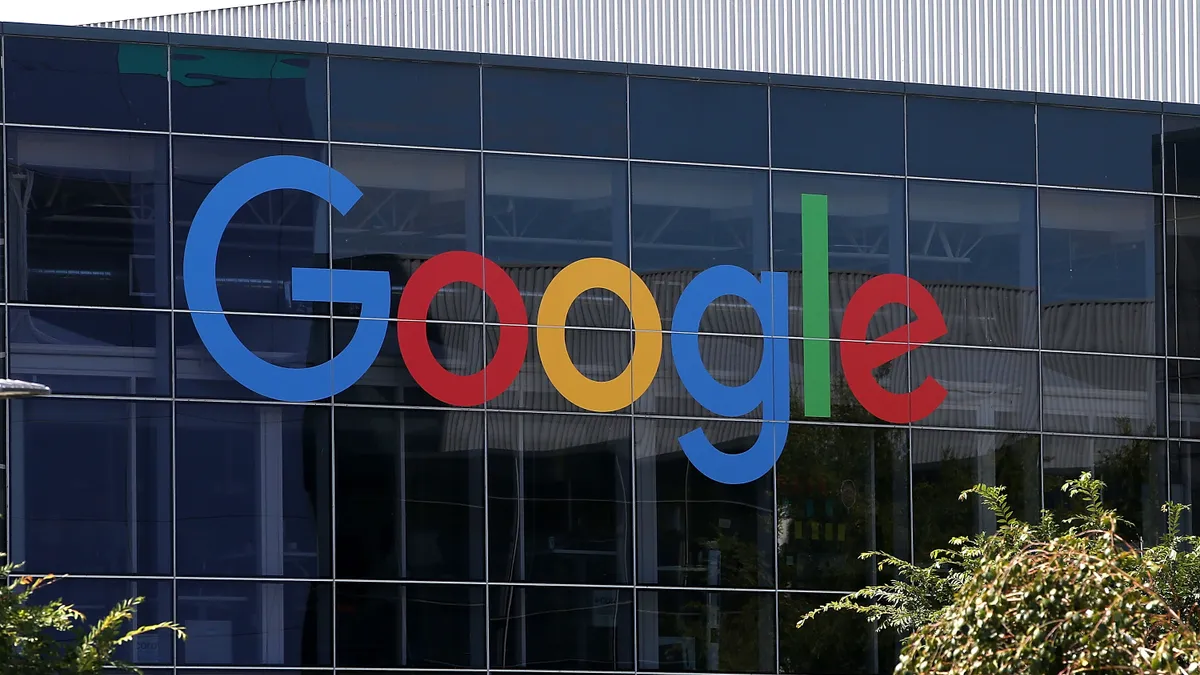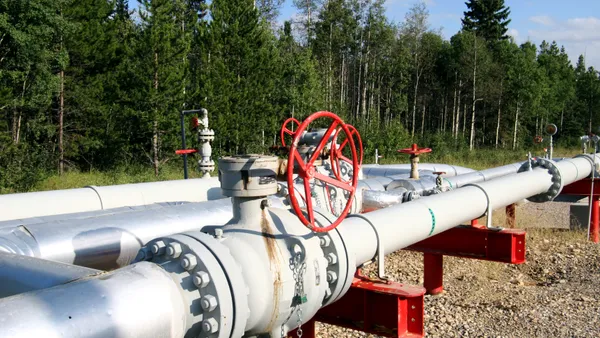Dive Brief:
- Google’s 2023 Environmental Report details how the company is decarbonizing its facilities to achieve net-zero emissions across all of its operations and value chain by 2030, and measuring progress.
- The company has a goal to operate all of its data centers and office campuses on carbon-free energy 24/7 by 2030. In 2022, Google achieved 64% of that goal, down from 66% in 2021.
- The tech giant says that in addition to smart temperature and lighting controls, it captures and uses heat generated by servers to heat offices and signed power purchase agreements for approximately 2.8 gigawatts of clean energy capacity.
Dive Insight:
Google’s efforts involve reducing combined scope 1, scope 2 and scope 3 absolute emissions by 50% by 2030 — compared to its 2019 baseline. Due to a methodology change, the company says that instead of reporting a percent progress towards this target, it is instead providing its total greenhouse gas emissions, which sat at 10.2 million tonnes of carbon dioxide equivalent in 2022.
The company says its scope 2 emissions, which mainly stem from electricity demands at its data centers and represent 24% of Google’s total emissions, are a key focus because it has more direct control over its facilities than other parts of its value chain.
Google is undertaking a number of facilities-level initiatives to reduce emissions and improve the energy efficiency of its data centers and offices. These include using natural, low-global warming potential refrigerants and smart temperature and lighting controls at its data centers, as well as LEED-certified office space and facility electrification.
Google says that as of 2022, over 20 million square feet of its office facilities have achieved the Leadership in Energy and Environmental Design certification, with 27% achieving Platinum rating and 60% Gold rating. Google said that in addition to LEED, it also designs its offices to green building standards such as the Building Research Establishment Environmental Assessment Method and the International Living Future Institute’s Living Building Challenge and Zero Carbon Certification.
Additionally, Google said it is implementing energy management strategies, building optimization and data analytics to help drive efficiency related to equipment upgrades, setpoint adjustments and lighting retrofits.
Energy management strategies include electrifying its facilities; Google says this entails retrofitting existing building systems, including electrification standards for new development and working with property owners on electrification-friendly leases. The company recently opened an all-electric Bay View campus at its Googleplex in Mountain View, California, which utilizes a geothermal installation and water retention ponds to reduce the amount of water typically used for data center cooling by 90%.
The company also noted that heat recovery is a key part of its office development strategy “because reusing heat often requires less energy than creating new heat.”
















